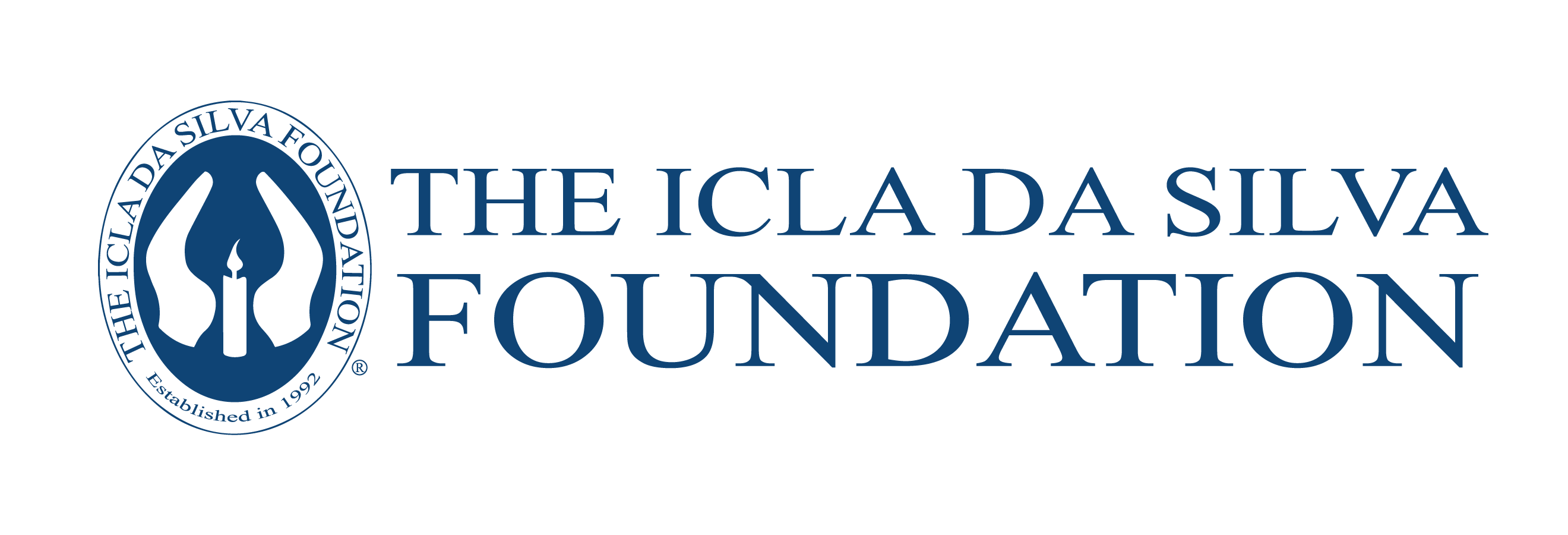For Some, The Only Cure
A bone marrow or cord blood transplant is used to treat more than 70 diseases, including leukemia, lymphoma, and sickle cell disease.
What is a Bone Marrow Transplant?
A bone marrow transplant takes a donor’s healthy blood-forming cells and puts them into the patient’s bloodstream, where they begin to grow and make healthy red blood cells, white blood cells, and platelets. Prior to transplant, patients receive high doses of chemotherapy to prepare their body for the transplant.
On the day of the transplant, the patient receives the donated cells.
Where Do These Cells Come From?
These cells can come from one of three sources:
- Bone Marrow
- Peripheral (circulating) blood (also called peripheral blood stem cells or PBSC)
- Cord blood that is collected from an umbilical cord after a baby is born
Doctors will choose the best source of cells for a patient. Bone marrow or PBSC cells are donated by an adult donor between 18 and 40 years of age. Cells collected from the umbilical cord, occur only after a full-term delivery where both mother and baby are healthy and safe.

 English
English Spanish
Spanish Portuguese
Portuguese